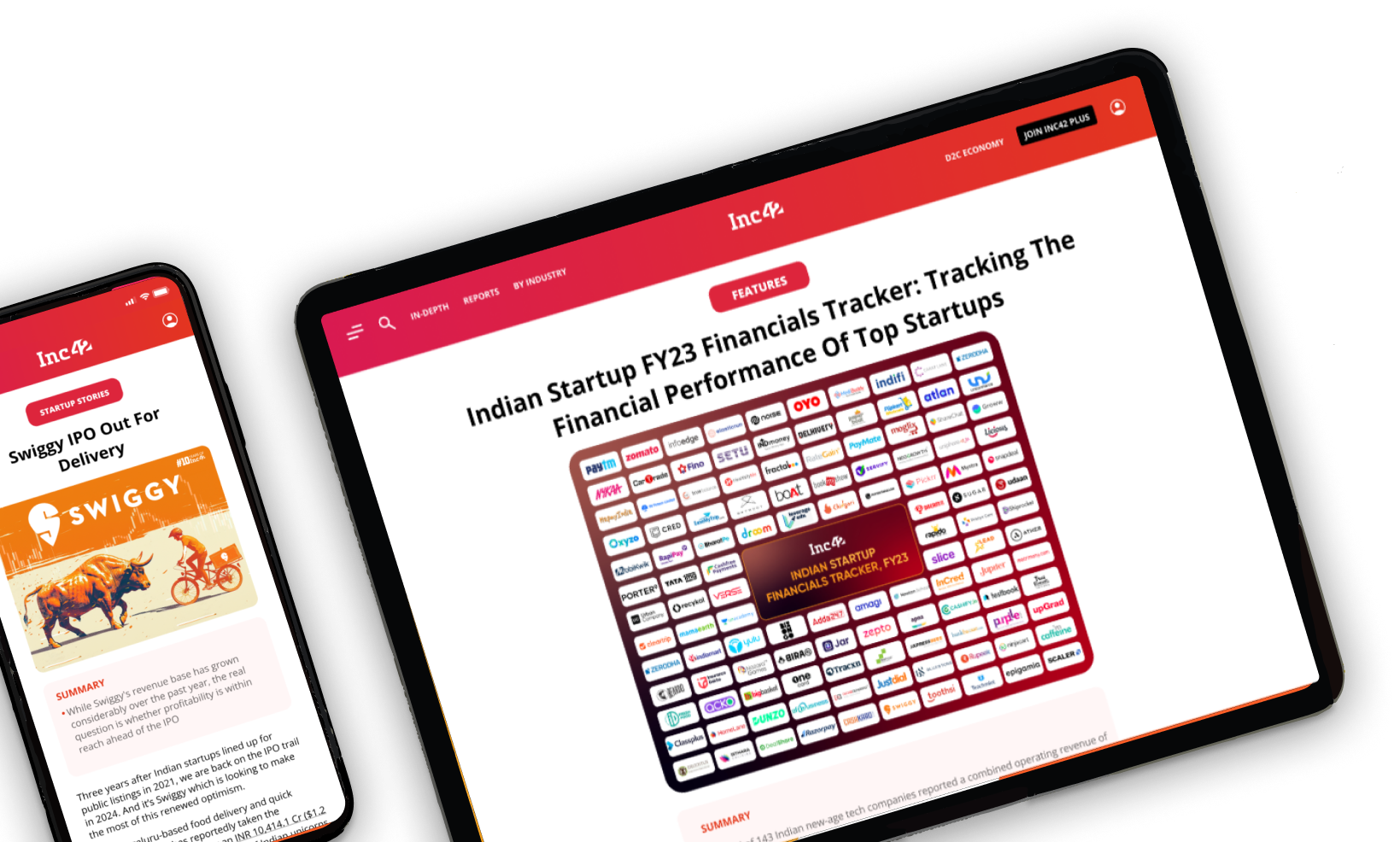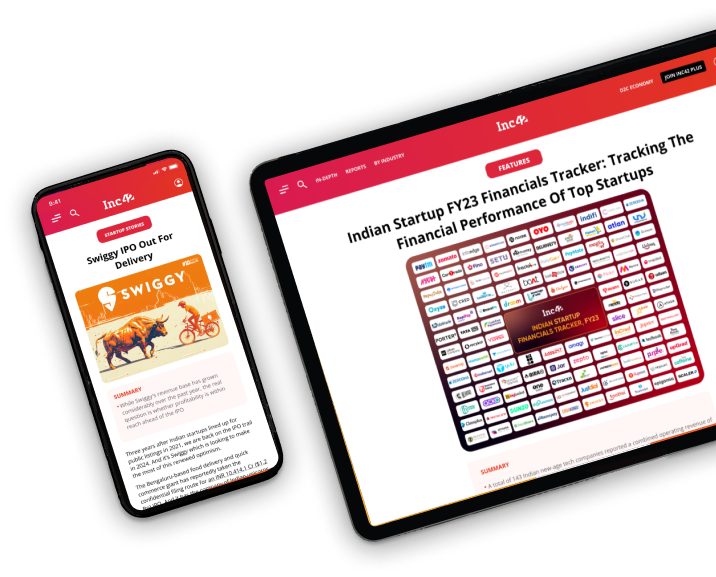
Investors will sharpen focus on value creation as a result of Covid-19
A useful checklist comprises of both quantifiable and non-quantifiable parameters
No investment checklist is complete without considering qualitative metrics
With the wreckage of Covid-19 led recession smoldering and slow economic growth expected for the foreseeable future, it is not surprising to note that many companies are turning inward and hunkering down. Growth, profits, capital efficiency, and value creation seem to be stretch goals rather than baseline investor expectations.
Over the past decade, privately funded companies were praised for shareholder valuation growth (measured as price per share increase) over shareholder value creation (measured as revenue growth, profit growth, free cash growth, dividend, and capital gains).
One of the critical measures of shareholder value creation and business resilience is capital efficiency, which, if maintained over time, can lead to significant real wealth creation. However, the myopic view on raising share price in the short term has led to difficult times for most businesses – focus on growing revenues/market share at the cost of profits, high debt, no capitalization plan once customers are willing to spend again.
Several public and private companies are currently operating in a challenging environment. Some of these companies will continue to grow revenues and profits, gain market share, in contrast to their competitors’ intense focus on cost cuts to ensure survival. These are companies that may not have been the fastest to grow in terms of valuations but have found a way to build value over the long term. These businesses are successful because they have built what I call a ‘durable competitive advantage’.
“The key to investing is not assessing how much an industry is going to affect society, or how much it will grow, but rather determining the competitive advantage of any given company and, above all, the durability of that advantage” – Warren Buffet
A combination of qualitative and quantitative factors allows most companies to build a competitive advantage in the industries in which these firms operate. A robust investment checklist can help generate high-quality resilient investment ideas.
The checklist makes use of qualitative (management strengths, culture) and quantitative (profitability and operating indicators) to identify sound business models. While the list of quantifiable parameters is never-ending, the below items summarize the most crucial indicators to identify sustainable business models:
- Revenue growth, measures growth in sales, both in magnitude and composition, and is the most important driver of corporate value. An important test of success is the company’s ability to maintain or grow market share and its ability to generate recurring revenues. Often, also used to calculate customer lifetime value after factoring in customer acquisition costs. It helps investors determine the importance of products or services sold to customers.
- The contribution margin measures the company’s ability to make money per unit sold. Companies with a higher contribution margin have more money to cover fixed costs, invest in new initiatives, and ideally generate more free cash for the company.
- Fixed cost leverage or operating leverage is a measure of the ability of the company to increase operating income by growing revenues. Most businesses have fixed costs (corporate rent, corporate salaries, etc.) that are unrelated to the volume produced. Businesses with high operating leverage can generate higher profitability per unit increase in sales as the cost of sales is spread over a fixed cost base. Some businesses, such as restaurants and retail, are locked into high-cost rentals that will cause them to burn a substantial amount of cash compared to manufacturing facilities for goods.
- Unit economics, a favorite metric used by most early-stage investors. It allows investors to validate business economics at a micro-scale and is often used to validate the replicability of products or services as the business expands using investor money.
- PBDIT (profit before depreciation interest and tax) and FCF (free cash flow) growth: PBDIT is considered as the best indicator of corporate results. It allows for easy comparison between companies across industries. However, operating profits are not a measure of cash flow generation. Since PBDIT ignores working capital, it is important to measure free cash availability after factoring in working capital and capital expenditures to determine the true cash position of businesses.
- Indebtedness, each industry has its metric for optimum leverage, it is important to consider the timing of cash flows and measure it against debt repayments to avoid a cash crunch. Stress test businesses under various scenarios to check for solvency.
- Return on capital measures profit generated per unit of capital invested. It is an important measure to determine if the business is creating or destroying value. Often used to measure value created in excess of the cost of capital, this profitability measure is the most important quantifiable measure to determine if the business has any competitive advantage over its peers. This is not easy to capture for early-stage businesses, however, considering unit economics and operating leverage, most investors can draw a framework that helps them reasonably predict the ability of a company to create long term value.
No wise pilot, no matter how great his talent and experience, fails to use a checklist – Charlie Munger
The investment checklist would be incomplete without considering the qualitative parameters that define a resilient business. A business is only as good as its leaders, its culture and it is important to ascertain certain qualitative parameters that could help separate a resilient business from others
Quality Of Management
Reviewing management and founding teams before the investment is crucial. Companies are only as good as the management teams driving the business. Management teams and founders are vital to the creation and establishment of company values and culture. In most cases, an investor is testing capability and credibility, which in early-stage start-ups could be difficult, as information availability is limited. Past track record, if available, would be helpful.
As an investor, I recommend we find answers to the passion of driving the founders. Skin in the game, an important tool to measure what percentage of owner’s assets are invested in the company, is also an important determinant. I am interested in owners who are fully invested and don’t leave the business in economic downturns.
It is only during difficult times do we see wheat easily separate from the chaff. As the business matures, I favor management teams who efficiently allocate capital to high RoI initiatives.
Governance
An independent Board is one of the most important factors to identify a well-governed company. A well-structured Board can offer expertise to run a business efficiently and sustainably for the long run while keeping in place checks and balances for the short term. You may not get the most desirable Board; however, as investors, we can insist on revising the composition.
Business Agility
It is important to note that agile businesses could also be fragile businesses, but in the current times, business agility is synonymous with the ability to adapt; e.g., can your business move from offline to online? Do you lose customers in the process? What is the cost of moving entirely online? Is the supply chain flexible to help achieve this? Business agility also helps companies quickly adapt and respond to changing competitive environments. Was Nokia agile and able to respond to the threat from Android and IOS?
The fundamental test of resilient businesses has not evolved much over time. Qualitative parameters have gained prominence, given the emphasis on early-stage investing. However, after the current crisis and the lock-down, I expect investors to be more cautious and invest more time in studying quantitative parameters. Most investors would use quantitative metrics to correct portfolio companies to help them survive.
There will be funds keen on making new investments, and these funds will test new businesses for their ability to generate profits and cash flows.
The epoch of private investments driven by purely revenue growth at the cost of profits will come to an end. Investors will sharpen investment frameworks to identify unique businesses and use a far superior risk weighted investment approach in the immediate future.































 Ad-lite browsing experience
Ad-lite browsing experience